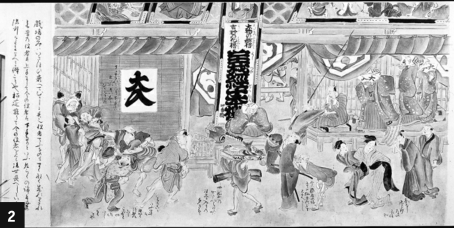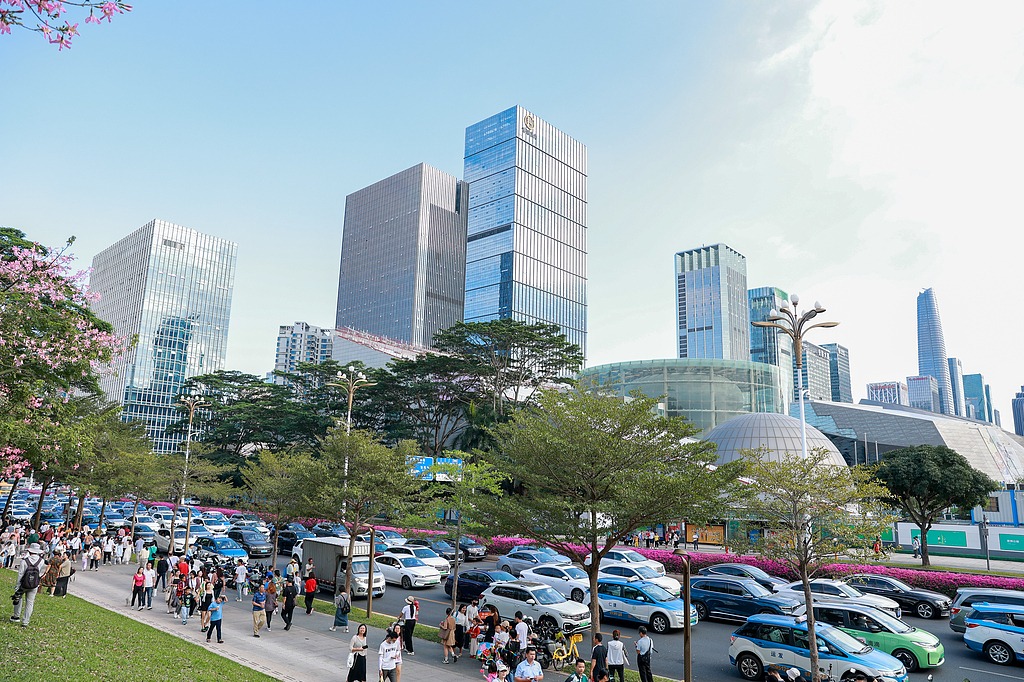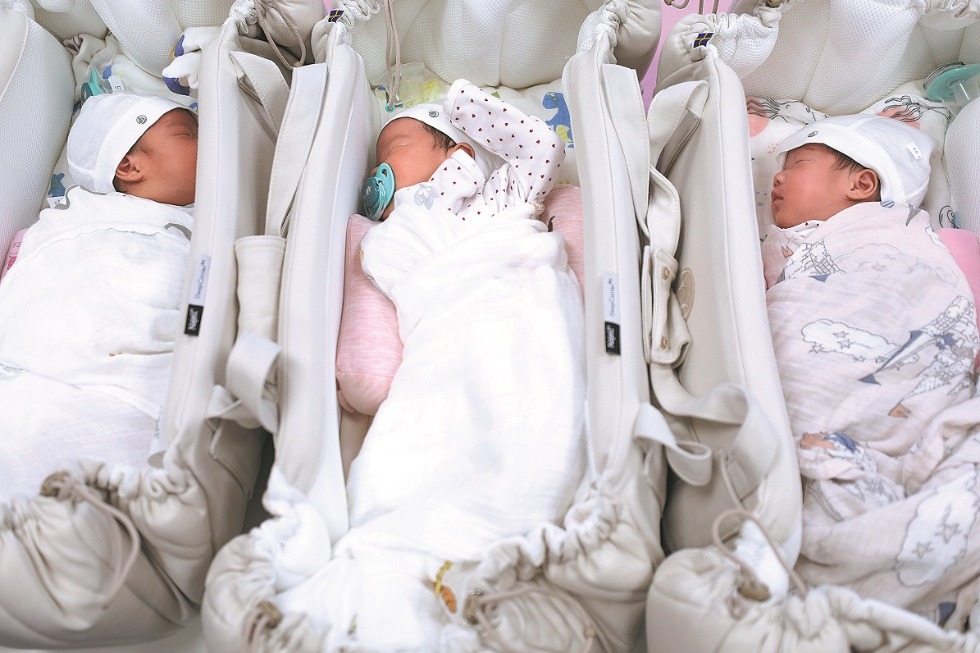Tale of two cities
By Wang Kaihao | China Daily | Updated: 2018-08-25 09:43

"Edo went through a peaceful period during this time and developed into a metropolis, with an estimated population of more than a million residents," says Terunobu Fujimori, director of Edo-Tokyo Museum. "Although Japan adapted an isolationist policy at that time, communication ties between China and Japan were never severed."
In the opening section of the exhibition, models, pictures, and constructional components reveal how the two cities grew into metropolises. Yet, no matter how grand a city is, its life is always defined by its people. And for this reason the second section detailing urban life has become one of the highlights of the exhibition.
There are a wide range of exhibits on display, including shop signboards, daily-use articles, items showing festive celebrations and children's toys-to name just a few.
Zhang recommends a key scroll painting from 1805, which depicts busy streets near Nihonbashi during the Edo period. In comparison, another Chinese painting portrays the long parade celebrating the 60th birthday of Emperor Kangxi, and also shows the scene from the Gate of Devine Prowess (the north gate of the Forbidden City) all the way up to today's Haidian district via Xizhimen.
"In both paintings, we can see numerous figures and complex street scenes," the curator says. "They are crucial references to study social development at that time."
























